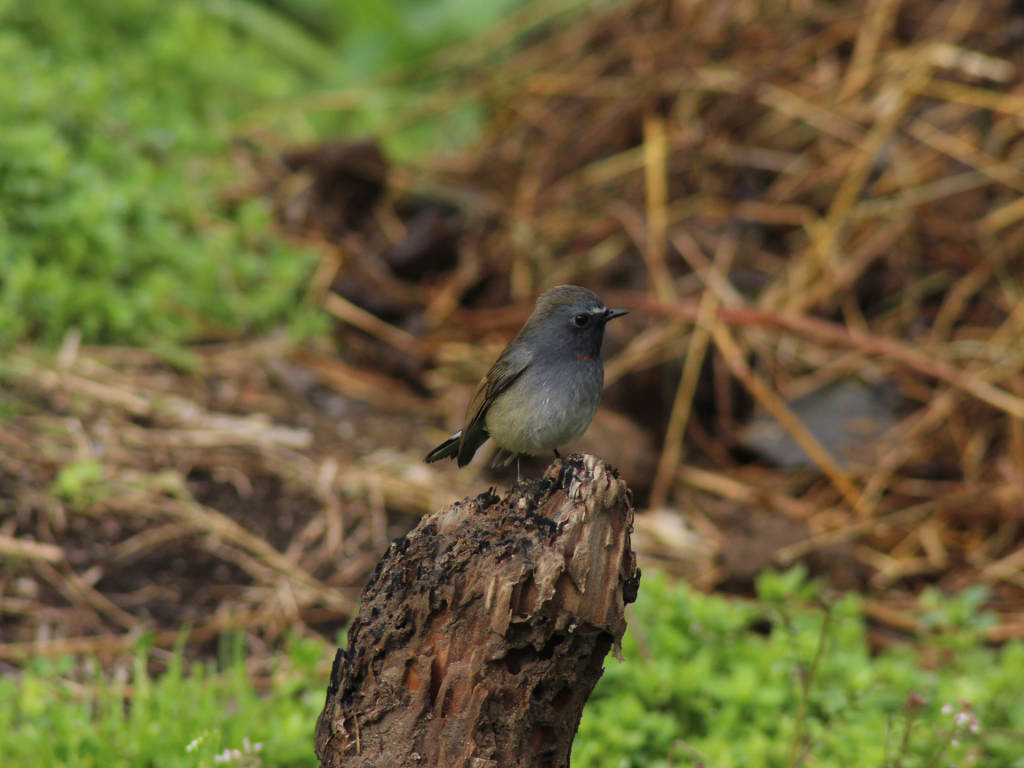
Ficedula strophiata (Rufous-gorgeted flycatcher)
Ficedula strophiata, commonly known as the Rufous-gorgeted Flycatcher, is a small, vibrant bird species that inhabits the temperate and subalpine forests of the Great Himalayan National Park (GHNP). Birdwatchers exploring the mid-altitude trails of GHNP may be lucky enough to spot this elusive bird, distinguished by its greyish plumage, whitish belly, and a distinct rufous patch on the throat.
This species is a favorite among ornithologists due to its shy nature, melodic song, and seasonal movements across the Himalayan landscape.
| Common name | Rufous- gorgeted Flycatcher |
| Scientific name | Ficedula strophiata |
| Family | Muscicapinae (Flycatchers, Niltava) |
| Description | Rufous- gorgeted Flycatcher having rufous gorget, and white coloration on the sides to black tail. Female duller than male. Juvenile with orange – buff spotting on upper parts. It is a common resident bird of Himachal Pradesh and is a Winter Migrant. It breeds at an altitude of 2400- 3700 m. |
Habitat and Distribution in GHNP
Within GHNP, Ficedula strophiata is usually seen in moist temperate forests, oak-rhododendron belts, and dense understory zones between 1,800 and 3,000 meters elevation. It prefers shady forest interiors and is most active during early morning hours, often perched quietly in the lower canopy or mid-branches.
This bird is typically observed during spring and summer months, when it migrates upward for breeding. During colder months, it may descend to slightly lower elevations or move to southern Himalayan foothills.
Feeding and Behavior
The Rufous-gorgeted Flycatcher is insectivorous, feeding on small insects and spiders. It uses a sit-and-sally technique, watching silently before darting out to catch its prey mid-air. Its soft, whistling call is often the first clue to its presence.
Despite its small size, it plays a crucial role in insect population control and helps maintain the delicate balance of GHNP’s forest ecosystem.
Conservation Perspective
Ficedula strophiata is not globally threatened, but like many Himalayan species, it is sensitive to habitat loss and climate change. The protection offered by GHNP’s pristine, undisturbed forest zones allows this bird to thrive in its natural environment. Ongoing biodiversity surveys within the park help track its population trends and migration behavior.
This bird’s presence is also an indicator of healthy mid-elevation forest ecosystems, making it an important species for long-term ecological monitoring in the Himalayas.



